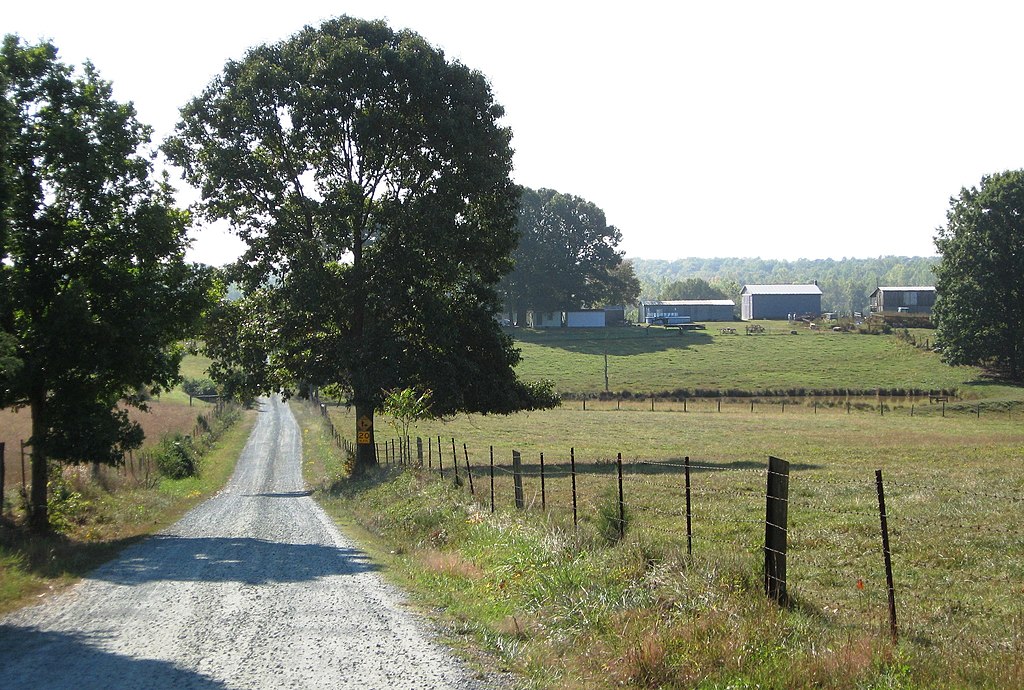April 22: Earth Day’s 40th Anniversary
By Jillian Varkas
This year marks the 40th anniversary of Earth Day. The first Earth Day was celebrated on April 22, 1970, but the concept started years before.
After years of concern over the lack of political interest in environmental issues in the United States, Sen. Gaylord Nelson of Wisconsin knew something had to be done. Nelson proposed a “conservation tour” to President Kennedy to promote conservation awareness and attempt to bring attention to the environment, making it an issue of the national political agenda.
In September 1963, Kennedy went on a five-day, eleven-state conservation tour. The tour failed to make the impact Sen. Nelson was hoping for, but he continued to speak across the country.
The public was concerned, but the politicians did not make the environment a priority.
In 1969, Nelson found the inspiration he needed—Anti-Vietnam War demonstrations were being held at colleges throughout the United States.
In September 1969, Nelson invited everyone to participate in a nationwide grassroots demonstration on behalf of the environment.
“The response was electric,” said Nelson, “It took off like gangbusters. Telegrams, letters, and telephone inquiries poured in from all across the country. The American people finally had a forum to express its concern about what was happening to the land, rivers, lakes, and air—and they did so with spectacular exuberance.”
The national coordinator, Denis Hayes, worked with college students to organize rallies throughout the U.S. The amount of interest in organizing the grassroots events throughout the country eventually became more than Sen. Nelson’s senate office could handle.
“Earth Day worked because of the spontaneous response at the grassroots level,” Nelson said. That was the remarkable thing about Earth Day. It organized itself.”
20 million people from thousands of schools and communities participated.
Finally, all the separate groups were able to come together to support one cause, the earth, and the politicians responded.
The political awareness Earth Day created led to the establishment of the United States Environmental Protection Agency as well as the Clean Air Act Extension in 1970, the Clean Water Act in 1972 and the Endangered Species Act in 1973.
In 1995, Nelson was awarded the Presidential Medal of Freedom by President Bill Clinton.
“As the father of Earth Day,” Clinton said, “[Senator Nelson] inspired us to remember that the stewardship of our natural resources is the stewardship of the American Dream.”
Earth Day continues to be a huge success, and is now celebrated worldwide. This year, volunteer events, projects, and celebrations will be held throughout the United States at parks, schools, and homes.
For more information about Earth Day events near you, visit www.earthday.net.
Ramp Festivals Celebrate First Spring Sprouts
Story by W.R. Johnson
One of the first signs of spring in the Appalachian Mountains is the wee green sprout of the ramp. This wild, edible, leek-like vegetable, Allium tricoccum, starts unfurling its leaves from early April to May.
Many mountain communities celebrate this odorous plant and the coming season in festival fashion. Historically, the wild ramp was a prized harvest. It provided the first nutritious and fresh greens after a long winter of eating from the root cellar, and many traditions arose around the annual spring gathering.
Traditionally ramps are fried, pickled or sautéed, and eaten with other foraged spring goodies such as morel mushrooms and fiddlehead ferns.
The following list is just a small sampling of the dozens of ramp festivals that will be held this spring. To find out more about the ramp and where you can celebrate its spring green goodness, visit appvoices.org/ramp.
EPA asks for Citizen Reports on Gas Extraction Problems
The EPA announced the launching of a citizen-run watchdog program, Eyes on Drilling, calling for citizens to keep a critical eye on impacts related to natural gas extraction from Appalachia’s Marcellus Shale, one of the most expansive reserves of natural gas.
The EPA-run program asks residents to report any activities that may be a threat to water quality or are perceived as improper waste disposal from natural gas production activities.
To make a report, call toll-free (877) 919-4372, and include information such as location, time, date, materials involved, equipment and vehicles observed, and any perceived environmental impacts.
To find out more visit epa.gov/region03/marcellus_shale/tipline.html.
Pigeon River’s Pollution Permit Rejected
By Maureen Halsema
The U.S. Environmental Protection Agency rejected the recent draft permit for Blue Ridge Paper Products, Inc., in Canton, N.C., to continue to discharge pollutants into the Pigeon River, often referred to as “The Dirty Bird” by paddlers.
“We were in disagreement with almost every part of this permit,” said Hope Taylor, executive director of Clean Water for North Carolina, “from monitoring limits and frequencies for Biological oxygen demand to metals, temperature and color of the discharge.”
The National Pollution Discharge Elimination System (NPDES) permit, NC0000272, is a requirement of the Clean Water Act and addresses color, temperature, wastes that consume oxygen, and dioxins, as well as metals and other pollutants.
This draft was rejected on several parameters including color requirements, temperature allowances, and dioxins, among others.
The EPA has given the North Carolina Division of Water Quality 90 days to resubmit the permit with improvements.
“These improvements do not go nearly far enough to clean up the river, but are a good step in the right direction,” said Hartwell Carson, the French Broad Riverkeeper. The Pigeon River flows from the Pisgah National Forest in North Carolina across the border to Tennessee where it is a watershed for the French Broad River.
There are two particular areas of concern regarding the permit’s rejected draft. First, it called for dropping the “color variance” of Blue Ridge Paper Products’ original permit, meaning that the North Carolina Division of Water Quality would not require Blue Ridge Paper Products to continue cleaning up the Pigeon River’s color that is impacted by the plant’s discharges.
“Another major concern with this permit is the temperature variance,” said Carson.
The rejected draft did not place any daily limit on the temperature of the discharges, which poses a threat to aquatic life. In 2007, a significant fish kill claimed 8,500 fish, because of high-temperature discharges from Blue Ridge Paper Product’s Canton Mill.
According to the Western North Carolina Alliance, a grassroots environmental organization, “The federal Clean Water Act only allows dischargers to release wastewater up to 5 degrees Fahrenheit warmer than the upstream temperature. However, the current temperature ‘variance’ in Blue Ridge Paper’s permit allows the Mill a monthly average difference of up to 25 degrees Fahrenheit between upstream and downstream temperature, one of the highest temperature differences allowed in North Carolina.”
“We strongly contend that the Mill is not meeting acceptable color, odor, foam or fish palatability narrative standards,” said Taylor, “and even EPA’s required modifications just won’t restore the river to health.”
Duke Energy Rate Increase Approved
Following a statewide controversy over a proposed 12.6 percent rate increase for Duke Energy customers in North Carolina, the NC state Utilities finally approved a two-step, 8% increase for the utility.
The compromise, which includes a 3.8 percent increase in 2010 followed by a 3.2 percent increase in 2011 and a 1 percent increase in 2012, will generate $315 million revenue for Duke Energy.
According to the Utility Commission ruling, the initial 2010 rate increase could not be used to recoup costs incurred from the ongoing updating of the aging Cliffside Steam Station in Rutherford County, N.C.
The original announcement of the rate increase drove hundreds of citizens to statewide public hearings last October to express concerns that the rate increase would cause a crippling financial burden for their homes, small businesses and schools.
EPA Supports Environmental Education in West Virginia
The EPA recently awarded West Virginia counties two grants funding environmental educational.
The Clean Creeks Program, a water quality monitoring project, received $21,900 to fund their tracking program and to support education about acid mine drainage and water pollutants in Dellslow, W.Va.
In Wheeling, W.Va., the EPA awarded $11,250 to Ohio County School in order to fund the Project Green and Growing Well Program, an environmental education program promoting healthier, more sustainable communities.
Related Articles
Latest News

Leave a comment
Your email address will not be published. Required fields are marked *







Leave a Comment